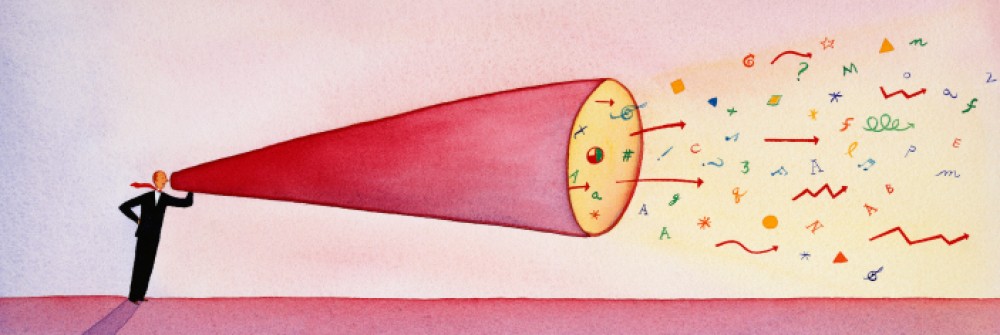 Perhaps the differences between Baby Boomers and Millennials begins with the fact that there’s ambiguity about the birth years of the latter (early 1980s to the early 2000s). But a boomer is a person who was born during the demographic Post–World War II baby boom between the yeiars 1946 and 1964, according to the U.S. Census Bureau. No ambiguity there. Millennials are simply harder to pin down.
Perhaps the differences between Baby Boomers and Millennials begins with the fact that there’s ambiguity about the birth years of the latter (early 1980s to the early 2000s). But a boomer is a person who was born during the demographic Post–World War II baby boom between the yeiars 1946 and 1964, according to the U.S. Census Bureau. No ambiguity there. Millennials are simply harder to pin down.
In the U.S., Millennials and Boomers represent roughly the same number of consumers-but that might be where the similarities end. That’s the opening salvo in an updated report by Nielsen NeuroFocus entitled, “The Me Generation Meets Generation Me,” with the central point being that both demographics are in equal demand by advertisers. But for advertisers to be successful in reaching and engaging boomers and Millennials with brands, they have to understand the vast differences between these two coveted consumer groups.
Boomers have most of the gold. We represent more than 40 percent of all new car purchases, 80 percent of leisure travel spending and account for half the spending on consumer packaged goods. And this aging population group accounts for nearly 80 percent of what is spent on prescription drugs.
And while those aged 19-36 have, for the most part, yet to accumulate any real wealth (they are, in fact, facing academic debt of epic proportions, which is one reason they are not buying new cars and going to Aruba), they spend more than 80 percent of their income and represent 25 percent of the U.S. population (and 30 percent in each of Brazil, India and China). Millennials are a big target, no matter how you cut it.
One of the areas boomers and Millennials fine a common thread is use of technology. Boomers love technology. After all, many of us were in our 20’s, 30’s and 40’s during the rise of PC’s, then local area networking, then the Internet period and finally the .com boom. Though, while boomers embrace technology in our every day lives, we still tend to be tethered (I’m writing this post on a desktop PC with a 22-inch screen). Many boomers have yet to give up their land lines and for the most part, we watch our favorite programs on 40+-inch HD TVs hanging on a wall and have to be home to receive delivery of the daily newspaper.
Millennials, on the other hand, think land lines are redundant and ridiculous, watch their favorite programs on-the-go on 4, 7 and 10-inch screens and consume all of their news digitally. My two Millennial daughters are home for the summer, and they bring the Nielsen report to life everyday.
So how do advertisers get better at engaging boomers and Millennials? Well, Nielsen thinks the answer lies in understanding how these groups are hardwired. As the brain ages, the report says, it craves repetition which breeds familiarity. But a younger brain responds more favorably to a more dynamic, ever-changing presentation. And while boomers lose, with age, their ability to compartmentalize information, Millennials are better equipped to handle “bleeding-over communication”, like banner ads.
Mad Men didn’t have access to anywhere near the levels of neuromarketing research, if any all, that advertisers enjoy today. Madison Avenue didn’t need to think about how the drop in dopamine and serotonin levels in the aging brain would impact how brands communicate with prospects.
But things are vastly different for today’s advertisers. Brands that work the hardest to understand the triggers for boomers and their children will walk away winners.
